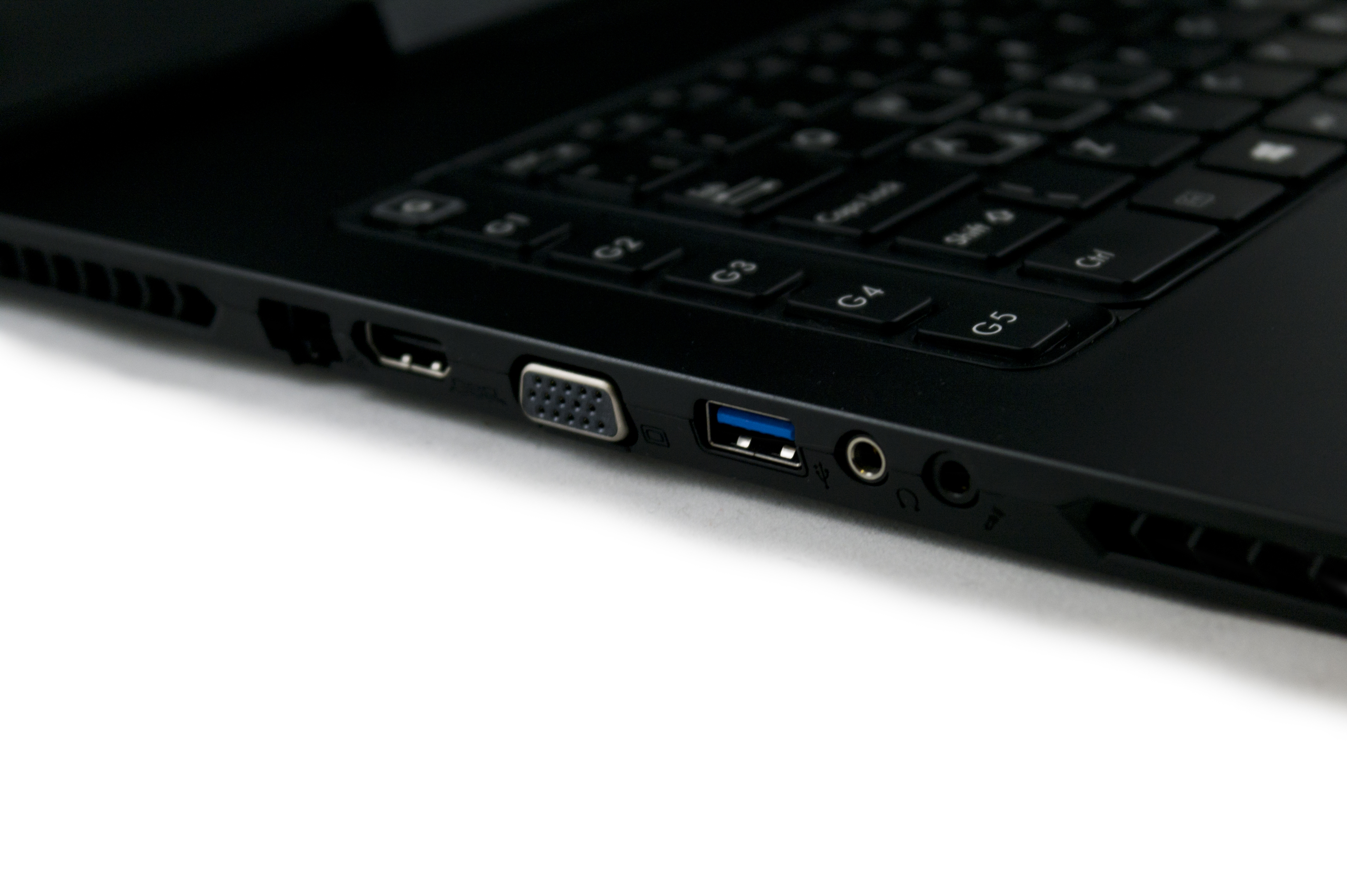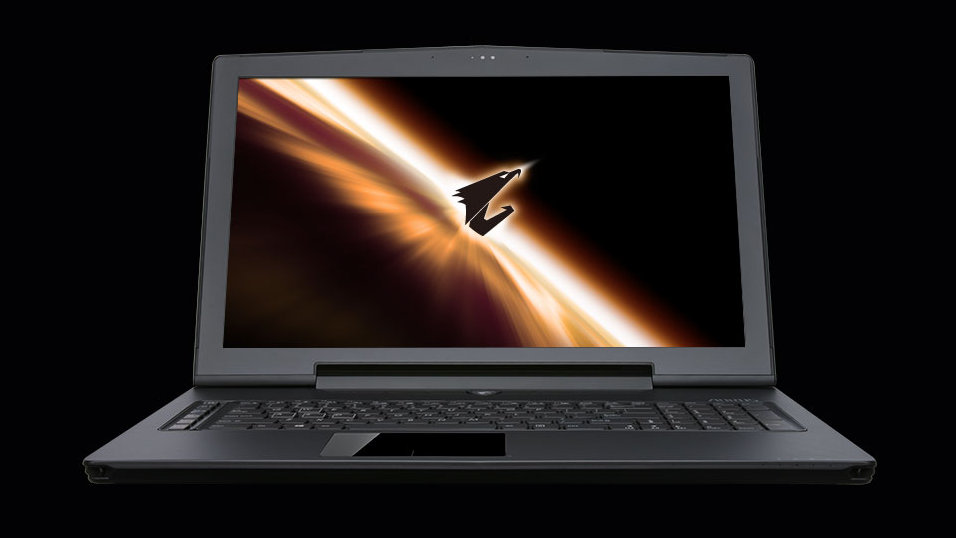Why you can trust TechRadar
It's amazing what you can fit into an inch of laptop if you really try.
The headline item for the Aorus X7 is easily the twin Nvidia GeForce 765M GPUs. Each offers 2GB of GDDR5 graphics RAM, for a total of 4GB.
These chips aren't the highest-end of Nvidia's current range – they sit below both the 770M and 780M – but just one of them is still a strong contender for gaming, as the Schenker C703 and Alienware 14 proved. When two are combined, however, Aorus reckons they're equivalent to the 780M – but with the heat spread out more evenly, a smaller design than any 780M-packing laptop has managed is possible.

You can operate the X7 with just one GPU active, of course, which will save you on fan noise and battery life, but you can't use Nvidia's Optimus technology, which would normally let you switch to using the integrated Intel graphics for really low-power operations, giving better battery life when just doing something like browsing. It's a shame, but we don't think it's the end of the world – you're probably only really interested in the frames per second scores if you're looking at this machine.
The processing power comes from an Intel Core i7-4700HQ, which will be familiar if you've looked at any decent gaming laptop recently. It and its near-identical twin, the 4700MQ, have been used in the HP Envy TouchSmart 15, the Schenker XMG P503 and the Gigabyte P25W. It's everywhere. And why? Because it's very good indeed.
It's a quad-core chip that runs at 2.4GHz, rising up to 3.4GHz using Intel's Turbo Boost technology. It's also HyperThreaded, meaning that it can offer eight virtual cores, speeding up heavily multi-threaded applications. It's a chip that's good enough for pro-level media creation, and offers great performance for games.
The 16GB of RAM (which can be increased to 32GB) is also great – it's more than enough for gaming, and again makes the machine a tempting proposition for those who want to use media creation tools. There's more power here than you get in a MacBook Pro, for example, for a similar price.

When it comes to storage, things get interesting – Aorus is including a large hard drive, along with an SSD for fast boot/wake times. Our review unit was very fast to start and respond, but still offered 1.2GB of storage in total – not a bad deal.
The downside is that, while Windows itself will run fast, the hard drive will hold back performance when fetching files. Considering how expensive a 1TB SSD would be out of the box, though, this is a good compromise for keeping this fast while offering lots of space for storing a good size Steam library.
The screen is 1080p Full HD, and is a fairly standard TN panel, meaning it's well suited to gaming, but isn't particularly high end.

It's fairly generous with ports, offering three USB 3 connections, two USB 2 ports, two HDMI ports, a mini-DisplayPort and an SD card reader around the various edges.
There's also 802.11ac Wi-Fi, for better signal and faster speeds, and a Killer LAN chip paired with an Ethernet port, for serious network gaming. Bluetooth 4 rounds off the connections.
There's no optical drive, but that's often par for the course these days. And anyway, it's more space for GPUs/cooling.
